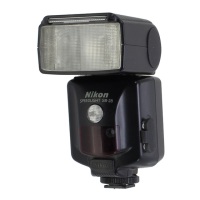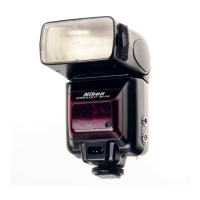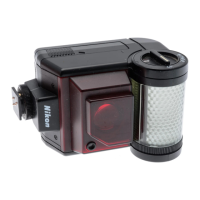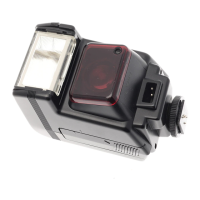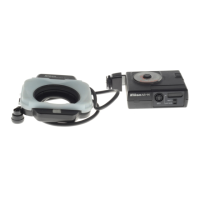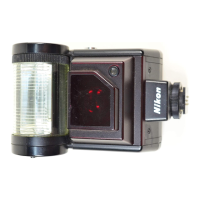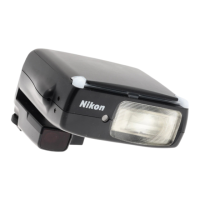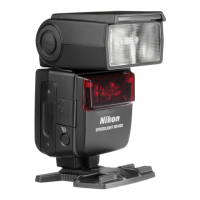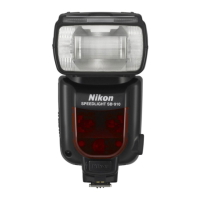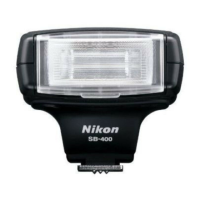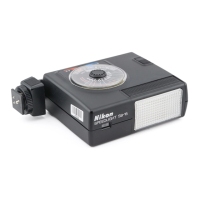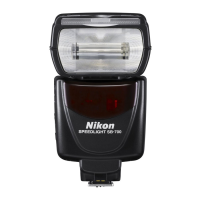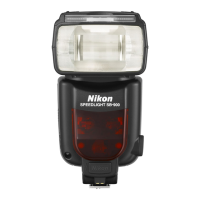Why is the J indicator not appearing on my Nikon Camera Flash?
- DDr. Lynn Lee DDSAug 12, 2025
The 'J' indicator might not appear on your Nikon Camera Flash due to several reasons. First, the batteries might not be correctly installed; try reinstalling them. Second, the battery power could be weak, so replace them with new ones. Finally, the standby function might be enabled; disable it to see if that resolves the issue.
